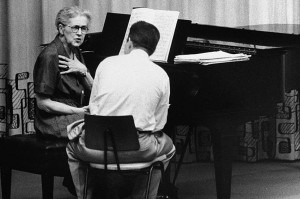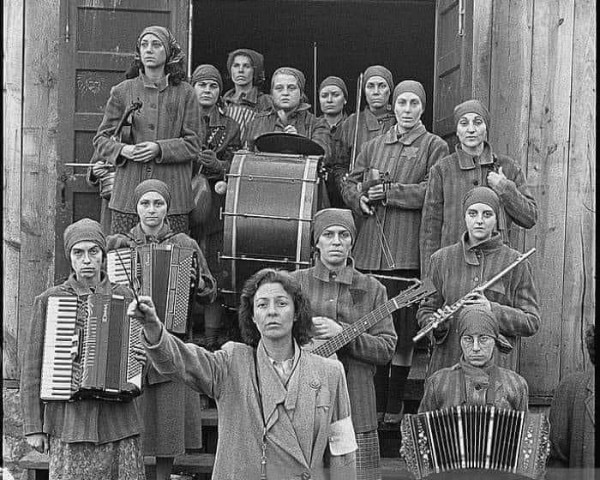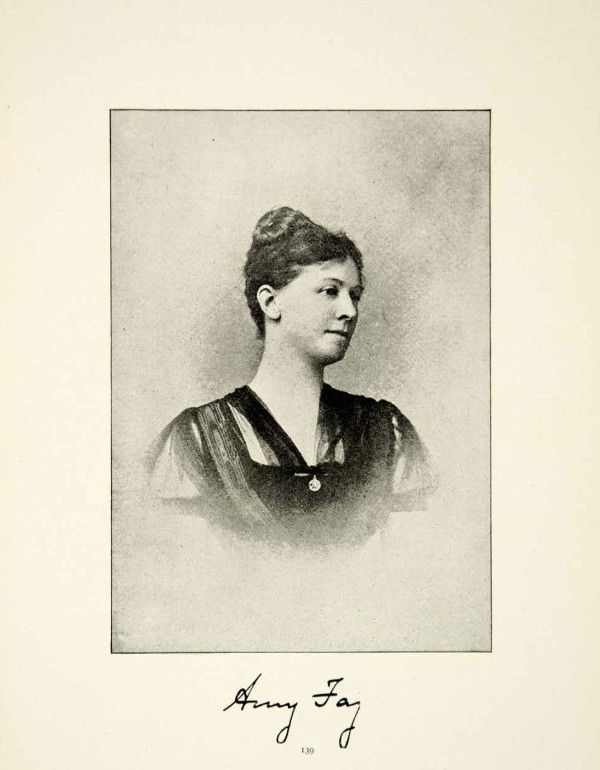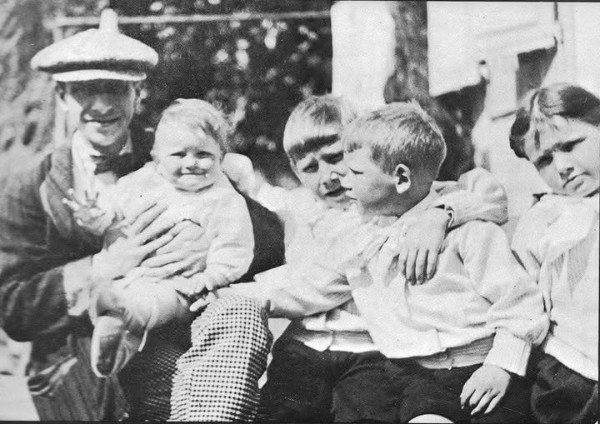
Nadia Boulanger teaching
Credit: https://blog.edmodo.com/
For many students and teachers the relationship can be long-lasting. Musicians who studied with some of the great pianist-teachers of the last century remember them with fondness – and profound respect – and carry with them their teacher’s unique wisdom and approach to music making, passing it on to the next generation of musicians.
Former students continually relate how her pragmatic and positive approach to problem solving remains with them in their daily lives. Her ability to demonstrate the simplest and most potent interpretation of any phrase was infallible and her emphasis was always on providing the pupil with the means to continue independent development. In addition to her ability to articulate what would be of most use to the student…..
(British pianist James Lisney’s obituary of his teacher, the highly respected Phyllis Sellick, who died in 2007. Source: ‘The Independent’)
It is important that we like our students – and vice versa – regardless of their musical abilities. Such mutual regard enables us to work better together because we demonstrate that we value our students as human beings and recognise that each one is different. In doing so, we can tailor our teaching to suit each student individually: there is no “one size fits all” approach to music teaching. Creating “bespoke” lessons for each student, which demonstrate our understanding of their particular strengths and weaknesses, their musical tastes and character, will enable us to teach them better and for them to feel supported and valued. This virtuous circle means that students feel motivated and progress more quickly because they feel confident that they have their teacher’s support.
The relationship is so special that sometimes certain students will place the teacher on a pedestal and take what they say as gospel or confide in the teacher about matters which are not directly related to musical study. As a teaching colleague of mine remarked, “they take what we say very seriously and we need to be extremely careful how we phrase our comments and advice”. Of course, it may be flattering that our students feel sufficiently comfortable in our presence that they can confide in us, but in such instances the teacher should be mindful not to step over the teacher-pupil boundary, nor say things which may conflict with the student’s parents (if the student is a child or young person).
When the relationship becomes unbalanced and the teacher seems to wield an unhealthy control or power over the student, a student may feel demeaned or threatened by the need to please the teacher at every lesson in order to win praise. In such instances, progress may stall and the student may become anxious or even afraid of the teacher. At this point, the student should consider moving to a new teacher.
It can be hard to leave a teacher whom you like and respect, but sometimes it becomes necessary when the relationship has run its course or the student feels they need a different approach to provide new stimulation and inspiration. A number of adult pianists whom I know like to see several teachers, taking from each one the advice they feel will benefit them the most. Recognising that no one teacher has the answer to everything is an important stage in a musician’s development – and teachers themselves need to be respectful of this too. By the same token, making the decision to be independent of a teacher is also an important stage in the musician’s journey.
A good teacher also appreciates that they are not “always right about everything” and will encourage their students to challenge and question them. I enjoy such interactions with my students, and actively encourage them to question me: it keeps me alert and reminds me that my own learning journey is continuous.
Above all, a good teacher will convey his/her passion and enthusiasm for the piano and its literature. And for the student, when they meet the right teacher, everything seems to click into place. They look forward to their lessons and can see noticeable progress and improvement, thus inspiring them to go on studying and developing.




